The Beidou Hydrological Environment Monitoring Station SW4 is an automated hydrological monitoring equipment independently developed by Shandong Wanxiang Environment. It can carry out 24-hour continuous monitoring and early warning of hydrological changes, and can be used to measure the flow rate, water level, flow and rainfall of rivers, lakes, tides, reservoir gates, underground water pipe networks, irrigation canals and canals
1. Product Overview
BDS Hydrological Environment Monitoring StationSW4 is an automated hydrological monitoring device independently developed by our company, combining the regional short message communication technology of the BeiDou-2 and BeiDou-3 systems with hydrological environment monitoring technology. The system equipment has the characteristics of autonomous operation, real-time transmission, intelligent monitoring, and accurate forecasting, and can monitor and warn of hydrological changes around the clock without interruption, greatly solving the environmental monitoring problems in areas without or with weak signals. At present, the BeiDouHydrological Environment Monitoring Station has been widely used in various parts of China, providing important support for weather forecasting and environmental early warning.
2. Application Fields
1. Measurement of river, lake, tide, reservoir gate, groundwater pipeline, canal and irrigation channel flow velocity, water level, discharge and rainfall.
2. Auxiliary water treatment operations, such as urban water supply, sewage monitoring, etc.
3. Flow calculation, inlet and outlet drainage flow monitoring, etc.
Three, Product Features
1. Non-contact measurement, combined with cross-sectional parameters to calculate flow, is not affected by wind, temperature, haze, silt, floating objects, etc.
2. Suitable for a variety of measuring conditions, not affected by corrosion, foam, etc., can output flow velocity, water level, flow measurement data.
3. Flow velocity and water level are equipped with plane array radar antennas, with built-in measuring angle function, small equipment volume, and easy installation.
4. Convenient configuration software, which can be easily configured according to actual needs, to adapt to different operating conditions.
5. Not affected by changes in water vapor, temperature, and pressure in the atmosphere
IV. Monitoring Platform
1. CS Architecture Software Platform, supports direct observation of mobile phones, PC browsers, no need for additional software installation.
2. Supports multiple accounts, multiple devices login
3. Supports real-time data display and historical data display dashboard
4. Cloud server, cloud data storage, stable and reliable, easy to expand, load balancing.
5. Supports SMS alarm and threshold setting
6. Supports map display, view device information.
7. Supports data curve analysis
8. Supports data export in table format
9. Supports data forwarding, HJ-212 protocol, TCP forwarding, http protocol, etc.
10. Supports data post-processing function
11. Supports external operation of javascript scripts
5. Technical parameters
Radar supply voltage: 100mA (working), <2-3A (sleeping);
Working voltage: 12V supply
Operating temperature: -35℃~60℃;
Storage temperature: -40℃~60℃;
Field protection level: IP68
Signal output: RS485/MODBUS-RTU protocol;
1. Radar water level measurement
Measuring range: 0.1-40 meters
Measuring accuracy: ±5mm
Measuring resolution: 1mm
Interval time: 1-5000min
2、Radar flow measurement
Measuring range: 0.15~15m/s
Speed accuracy: ±2%
Speed resolution: 0.01m/s
3. Radar flow measurement
Flow = Average velocity x Cross-sectional area x Correction factor
The average velocity is obtained by a flow meter from the fluid surface velocity and calculated by the model
The cross-sectional area is calculated from the water level measured by the water level meter and the section information
4. Rainfall monitoring technical parameters
Measurement range: Rain intensity 0~4mm/min
Measurement accuracy: ±0.2mm
Resolution: 0.2mm
Catchment diameter: φ200mm
5、Beidou Data Transmission Terminal
Power: DC12 voltage, 3A current
Power: Transmission power 36W, standby power 1w
Standard Beidou card: Transmission capacity 260 bytes, message service 1 year
RDSS index: Communication success rate 95%
Transmission frequency Lf0, Lf1, Lf2.
Information transmission mode: Chinese characters, codes, mixed
Installation angle: The antenna is vertical to the top, with no obstruction directly above the antenna, avoid installing in places with strong magnetic signal interference, such as high-voltage power towers, large-power base stations, etc.
External data interface: RS232, RS485
Reliability: Working temperature -20℃~+70℃, storage temperature -40℃~+85℃, protection capability IP67
6. Hydrological environment monitoring station power supply mode
Solar panel + battery combination power supply
Solar power: 100W (optional)
Battery parameters: DC12-100Ah
Support height: 3 meters vertical pole 3 meters horizontal arm
Working environment: -45℃~85℃ (no ice state)
7. Installation Precautions
1. Installation Environment
The measuring channel should be clear of large boulders that could block the water flow, and there should be no large whirlpools or turbulent flows.
The measuring channel should be straight, stable, and have a concentrated water flow.
The measuring channel needs to be hardened, and the measuring section should be regular.
The measuring channel should be kept clear to prevent the accumulation of floating debris.
2. Installation Height
It is recommended to install at a height of 3-6 meters.
3. Flow Meter Installation Direction
The flow meter beam should beperpendicular to the direction of the oncoming water flow.
Attachment: Hydrological Monitoring Station Construction Manual
8. Layout Principles:
1. The land use conditions within 1000 meters of the monitoring point are relatively stable;
2. The horizontal plane around the monitoring point should ensure a collection space of more than 270°. If the monitoring point is close to a building, the horizontal plane around the monitoring point should have more than 180° of free space;
3. The environmental conditions around the monitoring point are relatively stable, and the address conditions need to be long-term stable and sufficiently solid, with guaranteed safety and fire protection measures;
4. There is no strong electromagnetic interference or strong vibration source near the monitoring point, and there should be stable lightning protection equipment around;
5. It is necessary to consider that the monitoring point location has a convenient and convenient access channel and conditions for maintenance;
6. The sensor height of the monitoring point should be within 2-5 meters above the ground;
7. There are no obvious fixed pollution sources within 50 meters of the monitoring point;
8. The meteorological station is installed on a non-standard custom monitoring pole, and the load-bearing capacity of the base pole needs to be considered;
9. The monitoring point should be as close to a place with sufficient sunlight as possible (the daytime sunlight time should be kept above 6H) or there is a stable and reliable AC220V power supply around the monitoring point.
10. Point Confirmation
After the layout selection is completed, mark the monitoring point on the flat map of the monitoring area. Submit the flat map with the monitoring point orientation mark to the other party for confirmation and signature.
9. Construction
1. According to the actual geological conditions on site, the monitoring pole foundation precast pit is constructed by manual cooperation with an excavator. The precast pit dimensions are 100cm (length) * 100cm (width) * 100cm (depth). If over Excavation occurs, it is not allowed to use the abandoned soil to backfill on site, and it should be backfilled with crushed stone or sand to the design value.
2. The precast parts are threaded up and立垂直 to the ground in the pit, and concrete (cement: sand = 1:3) is filled into the pit to slightly above the ground level;
3. According to the season and the local climatic environment, it is dried for about 3 days until the cement foundation is completely solidified and then the precast is completed.
1. Fix the equipment on the equipment bracket with the matching bolts, and pay attention to the installation of the flat spring washer;
2. Fix the equipment bracket on the monitoring pole about 3 meters away with the matching bolts;
3. Fix the solar panel on the solar panel bracket with the matching bolts;
4. Fix the radar water level sensor on the flange with the matching set screw, and fix the flange on the bracket.
4. Construction quality control requirements and safety precautions
1. The entire process of erecting the monitoring pole should be carried out in sequence, with the pole's appearance straight, streamlined, smooth, and vertical;
2. The solar panel should be inclined at 45° towards the south;
3. The anti-rust layer of the monitoring pole must not be damaged;
4. Cable joints should be firm and reliable, waterproof insulated, and not easily exposed;
5. Pay attention to the safety of traffic pedestrians and cranes when lifting;
6. When lifting the monitoring pole, a safety rope must be tied to control the stability of the lifted object's posture;
7. Set up warning signs when lifting.
8. Equipment installation with no obstructions to the south
5. Construction Quality Assurance Measures
1. The main materials required should conform to the requirements of the design documents and current standards, and must be accompanied by factory-issued quality certificates, and where necessary, should be tested.
2. Construction quality control is strictly carried out as required in the specifications. Process inspection is implemented, and the next process can only be carried out after the previous process is qualified.
3. Strengthen the awareness of quality, strictly organize construction according to the design, current construction specifications, rules, and special requirements and on-site instructions of the owner, and implement the work of creating excellent work throughout the entire construction production process, to ensure the quality of the project.
4. Strengthen the quality control of the process, strictly organize production according to the quality assurance system, formulate operation standards, process standards, and inspection standards for each process and each link, and keep records of the implementation of the process standards to ensure orderly connection of each process and traceability.
5. Strengthen project management, implement the technical responsibility system, formulate targeted special construction schemes, and carefully carry out technical disclosure.
6. In the construction process, ensure that each sub-project is based on the standard of quality, all quality is qualified, and establish a model project, and use the model project to promote the implementation of the entire project.
6. Measures to ensure the construction period
1. Strengthen technical guidance, strict management, and effective organization and coordination.
2. Strengthen management, improve the internal economic responsibility system, play the role of economic levers, fully mobilize the enthusiasm and initiative of the construction team, and serve as the organizational and ideological guarantee to ensure the construction period.
3. Organize experienced and capable teams to participate in the construction; personnel, machinery and equipment are well配置 and complete, to ensure that the construction plan is completed every day.
4. Grasp the node target at different stages. In order to facilitate inspection, assessment and adjustment, the construction plan target is compiled under the control of the overall construction plan, emphasizing the node progress, to achieve the overall plan effectively.
5. Strengthen the management of material procurement and supply, and timely guarantee the supply of materials to meet the needs of engineering construction.
6. Actively coordinate relations and create a good construction environment. Organize construction according to procedures, so that various factors affecting progress are effectively controlled.
7. Safety Construction Management Measures
During the implementation process, strictly comply with the regulations and standards related to safety, health, and environmental sanitation. Safety devices, equipment, and protective equipment, as well as other effective measures, should be taken to protect the lives, health, and safety of on-site construction and supervision personnel; Environmental protection measures
1. Waste disposal: Materials that are not suitable for filling should be stacked neatly or transported to designated places in a timely manner;
2. Construction wastewater should be discharged into the drainage system in a timely manner, and should not pollute natural water sources. Construction sites should prevent noise pollution, and construction vehicles should not honk;
3. Prevent the soil excavated from being washed away or flowing by rainwater, which is prone to secondary dust raising in dry weather. The transport road near the excavator needs to be cleaned in a timely manner.
Product address:
http://www.qxhjjc.com/en/beidou/1614.html 
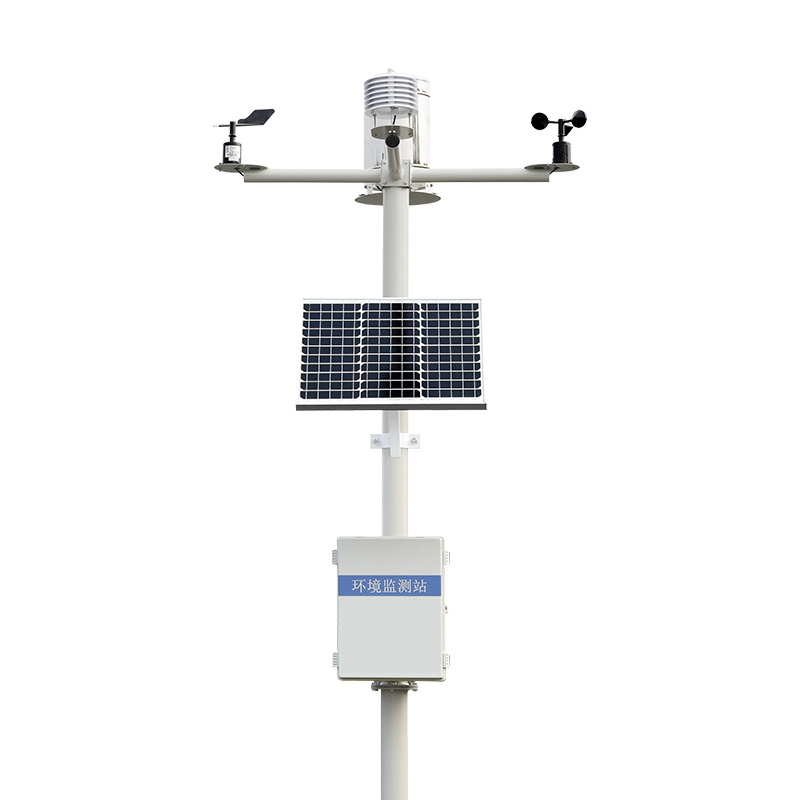
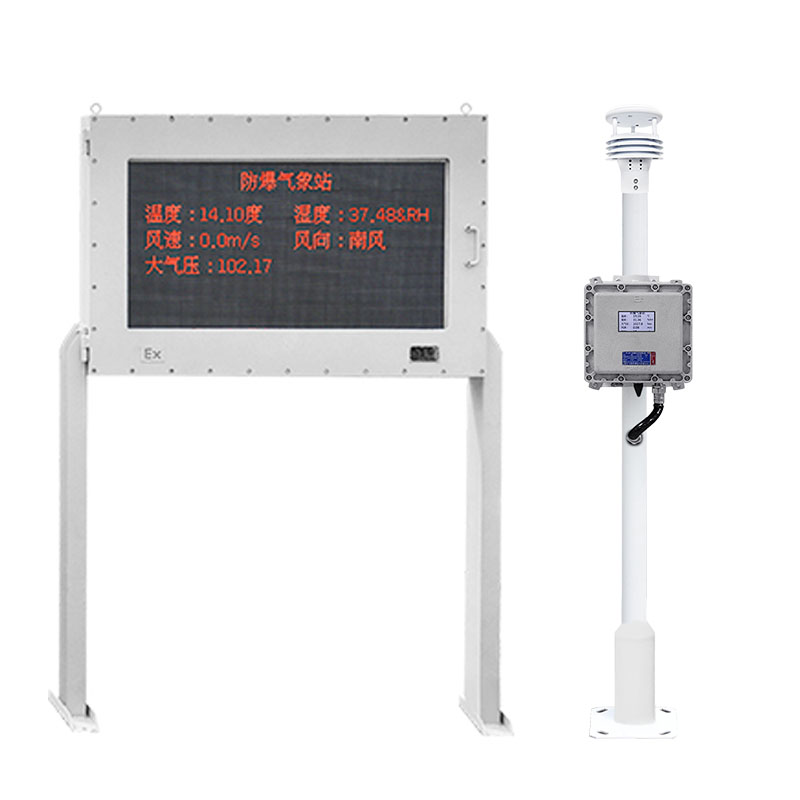
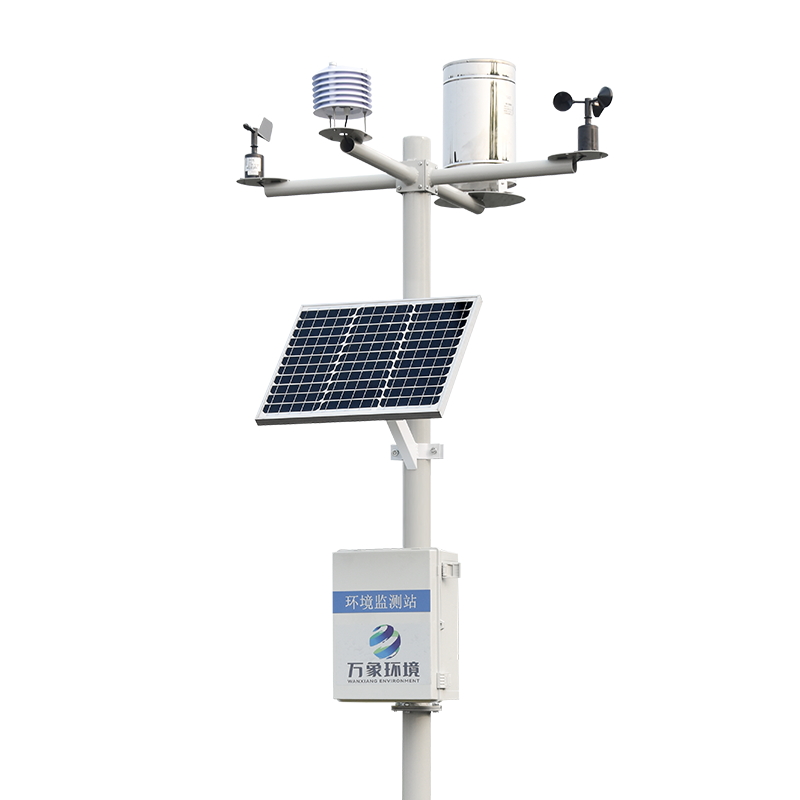
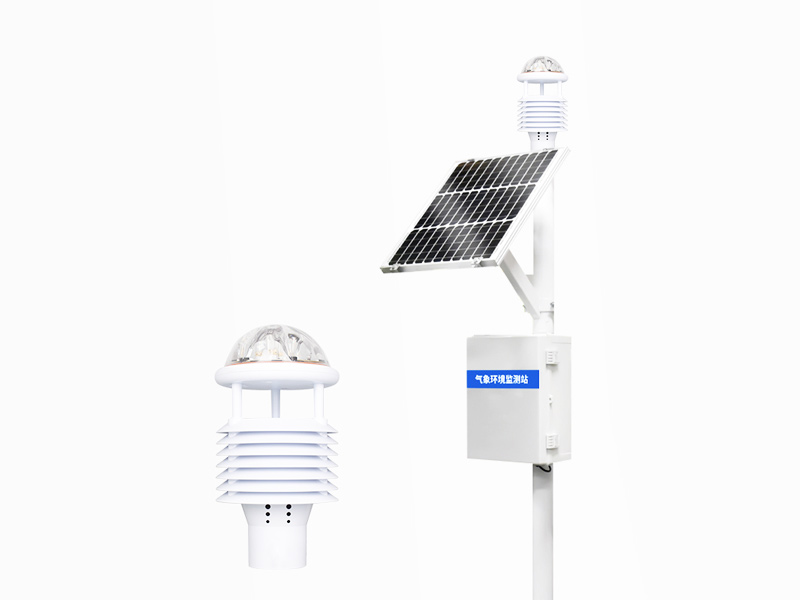
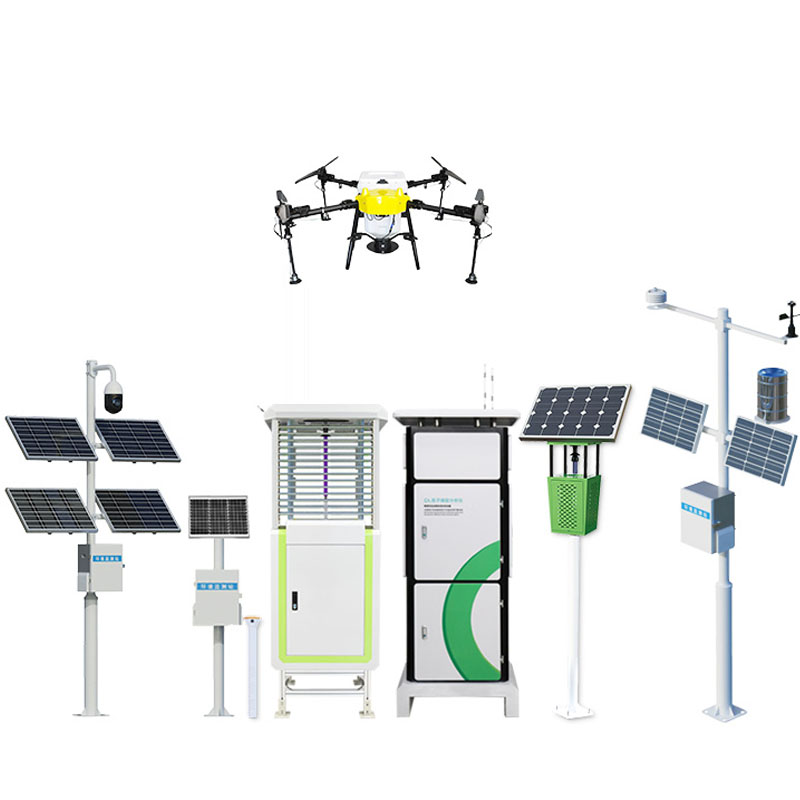

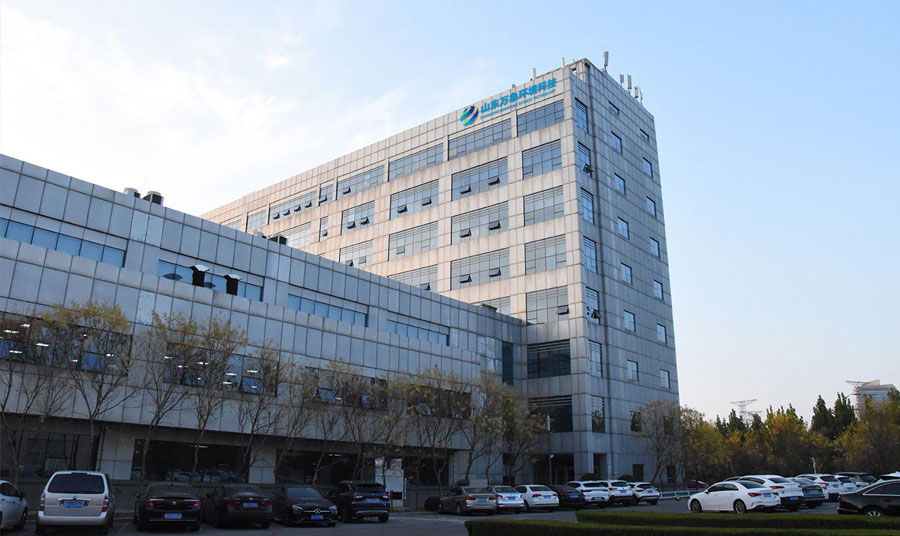
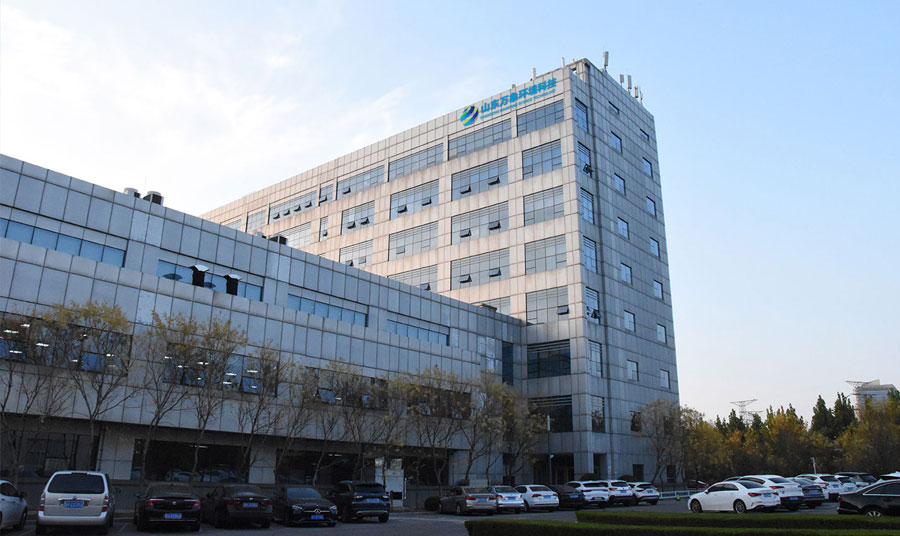


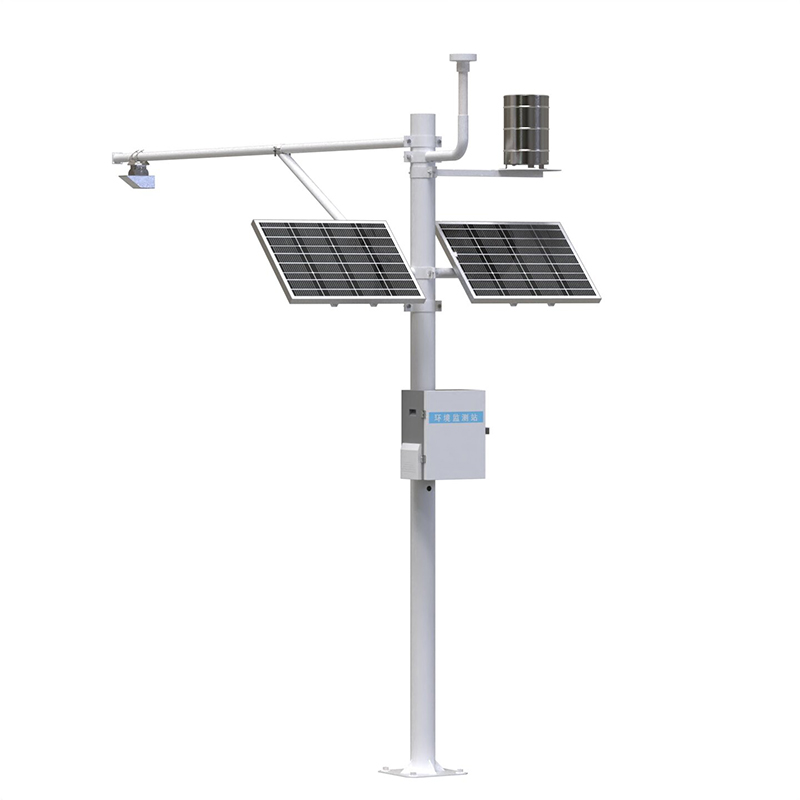

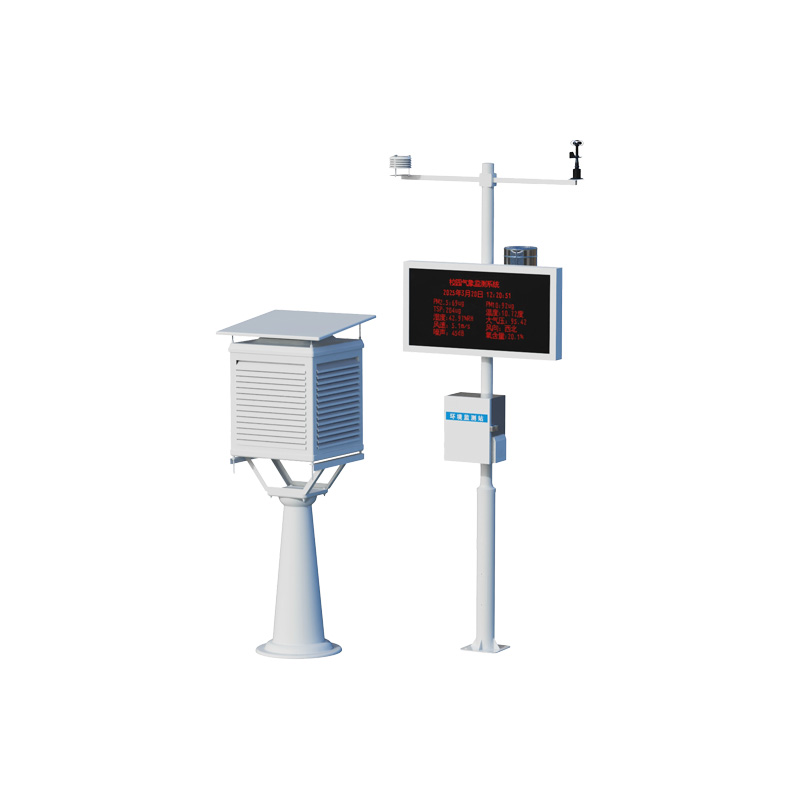
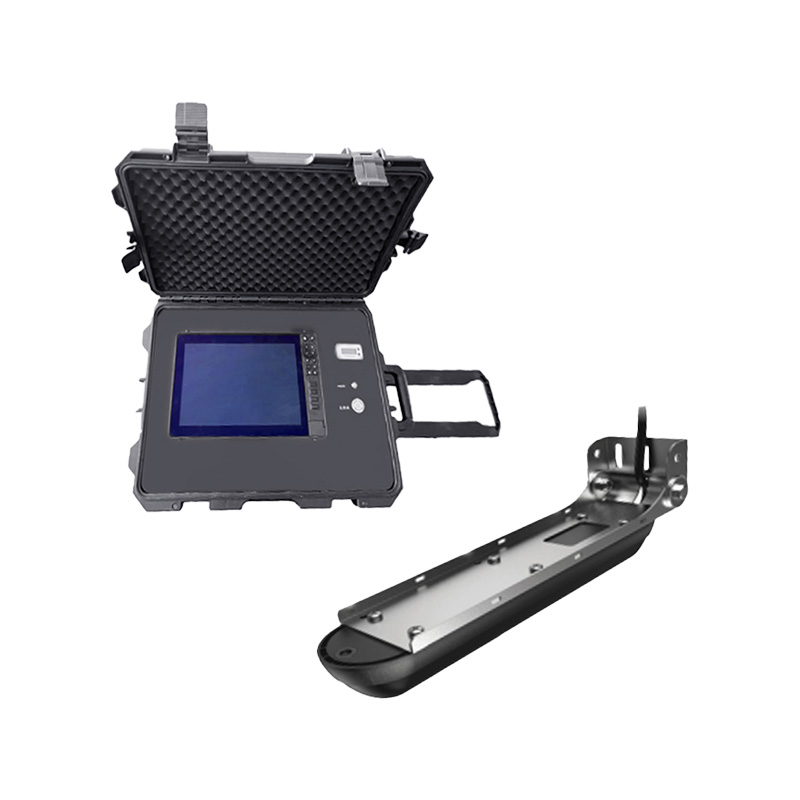
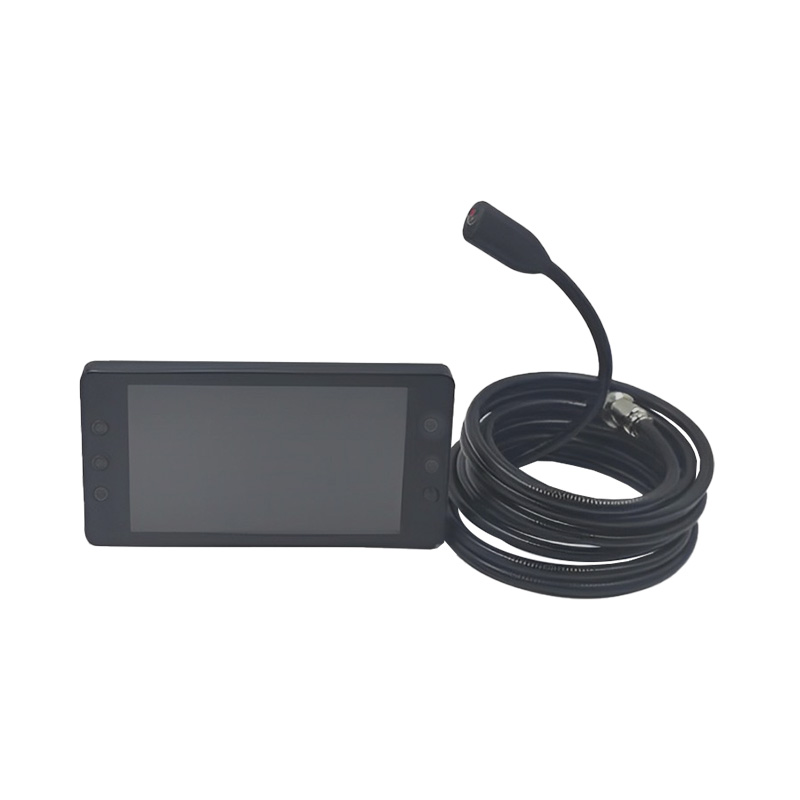


 Home
Home phone
phone Product Overview
Product Overview Contact Us
Contact Us